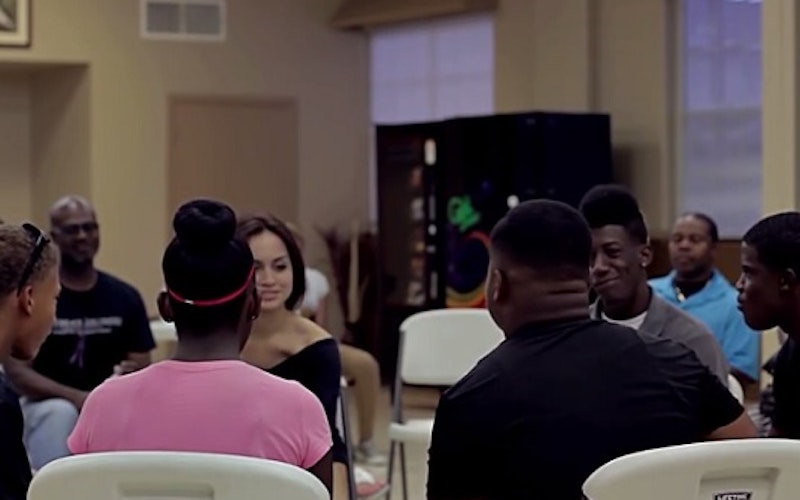
Culture At Large
Restorative discipline: a gracious alternative to zero tolerance
The problem of school violence, truancy and student drug abuse needs to be addressed. No one disputes that. But it’s becoming clear that the zero-tolerance approach isn’t working. Consider Texas, where in recent years some 60 percent of middle school students will eventually be suspended or expelled at least once. Many of these students risk dropping out and landing in jail instead.
Fortunately, it seems that an alternative disciplinary approach may someday displace the punitive model that prevails in American schools. Officials at Austin Independent School District are partnering with Life Anew and the Institute for Restorative Justice and Restorative Dialogue to become one of the growing number of school districts implementing “restorative justice.” The initial results are in and they’re very encouraging. One area middle school reports a single-year decline of more than 85 percent in truancy cases requiring court appearances - a statistic consistent with findings from similar initiatives in San Antonio, San Francisco and Detroit.
Restorative discipline functions less in terms of law and more in terms of relationship. It’s not that a restorative environment is a lawless environment, exactly. It’s just that in a restorative environment, rules exist by consensus, not by fiat. Whereas the traditional approach says, “You broke the rules and this is the punishment,” the restorative approach says, “Your behavior impacts others, and it’s your responsibility to make amends.” Rather than training children to seek rewards and avoid punishments, restorative discipline trains children to build community by repairing relationships.
This is accomplished via tools like affective statements and circle conferencing. Rather than speaking in abstract terms of “right and wrong,” teachers address students in terms of how behavior directly affects others. Teachers and students meet in structured group settings where both the authority figures and those under authority have an equal opportunity to speak and to be heard. When harm occurs, the classroom community takes ownership over it (with skilled guidance, of course), imposing a punishment that will appropriately benefit all concerned - including the offender.
We forget that zero tolerance has a corollary none of us can live up to: perfect obedience.
In restorative practice, there’s no room for a punitive measure that would do away with delinquency by doing away with the delinquent. There’s something insidiously destructive about our instincts in this matter. Intentions notwithstanding, harshly punitive policies rarely have the deterrent effect we expect. Instead, they erect a standard of disenfranchisement that only temporarily alleviates a problem over which a community won’t take ownership. Such measures may give the impression of “zero tolerance,” but what they really achieve is zero remedy.
Moreover, in our eagerness to be rid of offenders, we forget that zero tolerance has a corollary none of us can live up to: perfect obedience. We forget that God didn’t do away with us because we fell short of His mark, even though it was His prerogative to do so. That’s not to say He didn’t execute zero tolerance. Rather, His wrath was directed against our sin for its relationship-fracturing consequences. And in Christ, God sacrificially stood in that breach. When God disciplines us - as any good parent must - He never punishes for punishment’s sake.
This is why restorative discipline has tremendous Gospel resonance. For giver and recipient alike, the grace of restoration offers an opportunity to be transformed in community. We don’t need larger detention halls or longer expulsion lists to remedy delinquency. We need Christ-like people willing to discipline one another (and to be disciplined) in the grace-kissed brokenness of communal life.
Topics: Culture At Large, Theology & The Church, Theology, News & Politics, Justice, North America